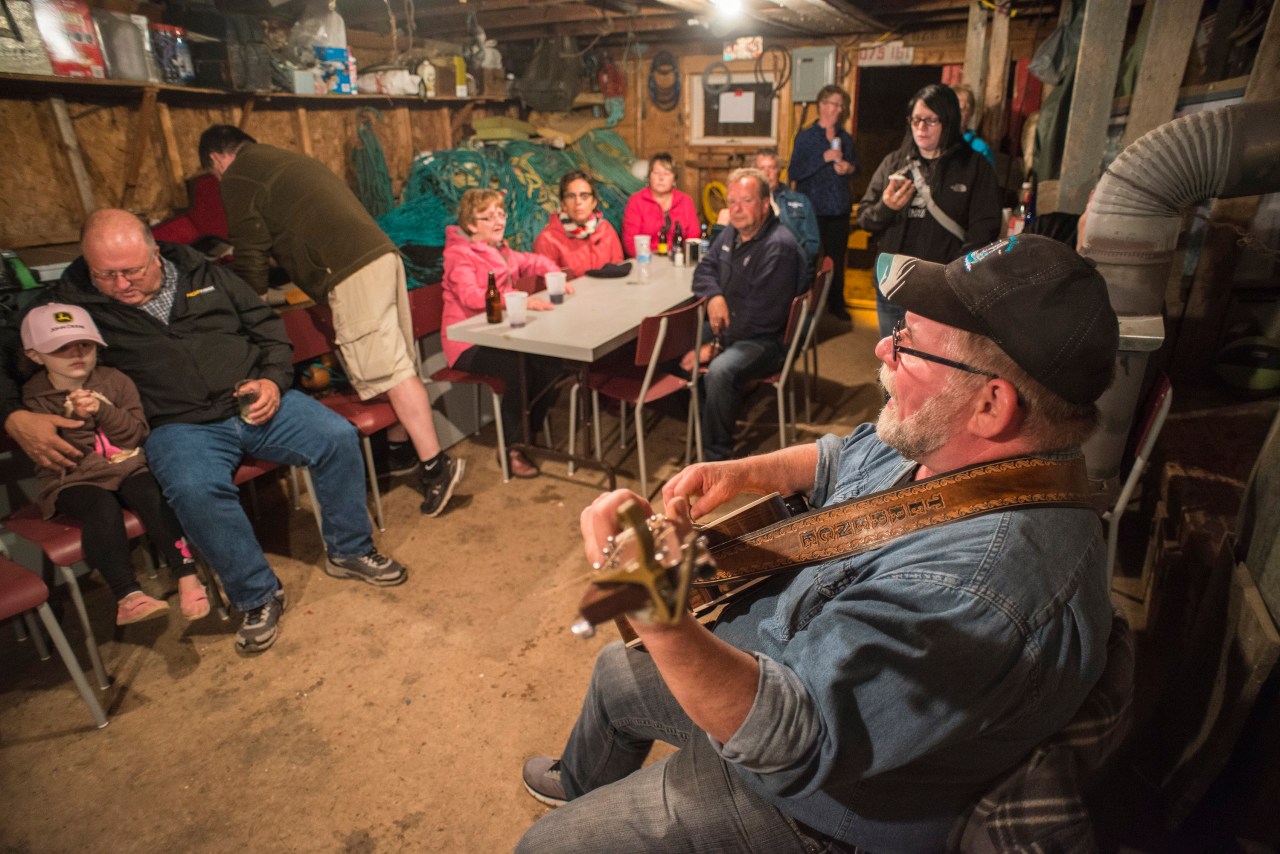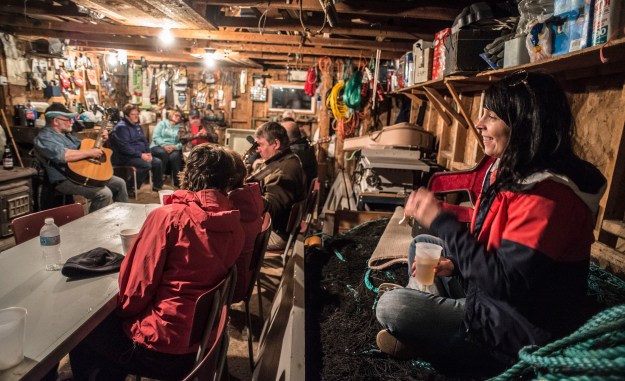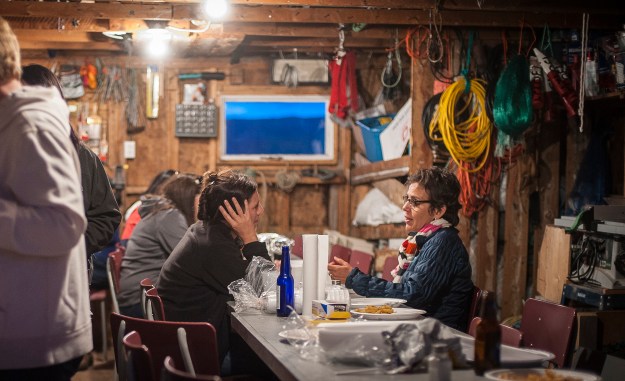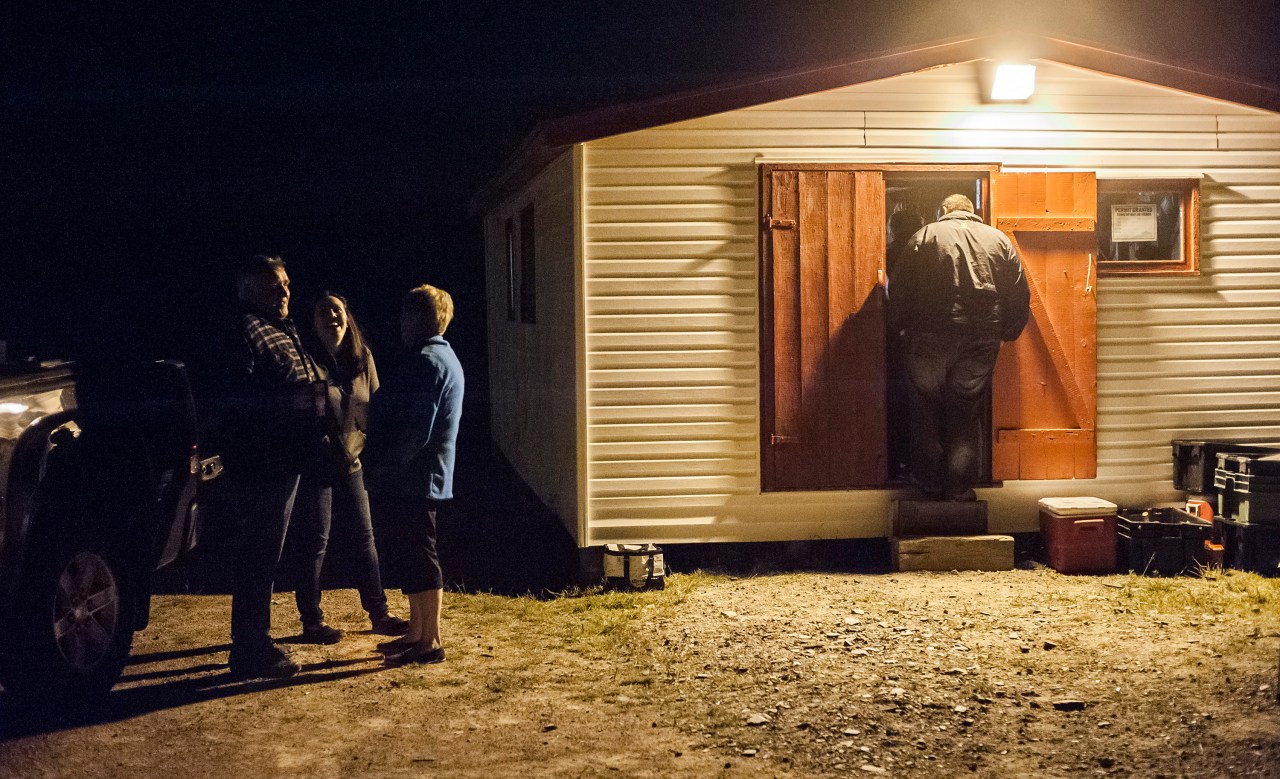Like most things in Newfoundland’s rural culture, the ubiquitous shed has changed. Once a remote fishermen’s workplace, today the shed is synonymous with socializing and entertaining.
Sheds were traditionally built along the water’s edge or alongside a wharf. It was where fishermen (and it was almost always only men) stored their gear, mended nets, built boats or just had a beer with friends after offloading the day’s catch. It was a place to relax away from home—the original man cave.
The shed was also known as the “twine loft,” the “store,” or the “stage,” depending on its use and which bay you were in (each bay in Newfoundland has a slightly different dialect, determined by where its original settlers came from.)
A twine loft was where you kept and mended nets, a stage was a shed that was built on a wharf where you offloaded fish, and a store was where you stashed gear. They were often one and the same. (But a place where you buy things? That’s not a store; that’s a shop.)
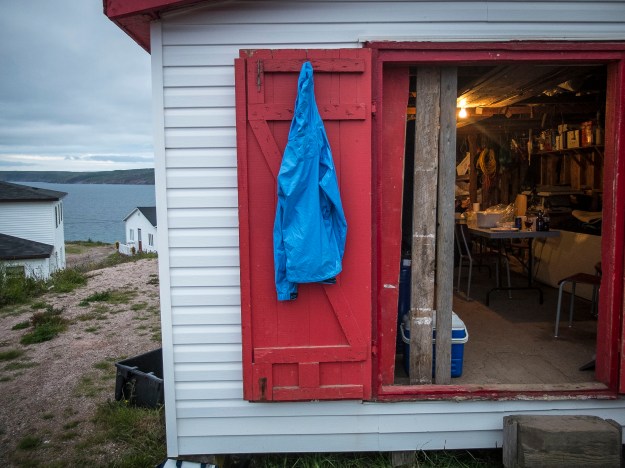

In 1992, the Canadian federal government declared a moratorium on northern cod fishing due to concerns about overfishing. Though well-intentioned, the ban put about 30,000 people out of work.
Despite the demise of Newfoundland’s once-mighty fishing industry, the shed remains central to Newfoundland life. It is a place where people gather, cook, drink, play music, and catch up. The lights burn late into the northern night.
No longer confined to remote fishing villages, the shed has moved to suburbs and cities along with their owners. They’re stocked with big comfy recliners, beer fridges, and big-screen TVs. It’s now a party room behind the house—and nowadays, women are welcome.
The shed life has definitely come to town.
